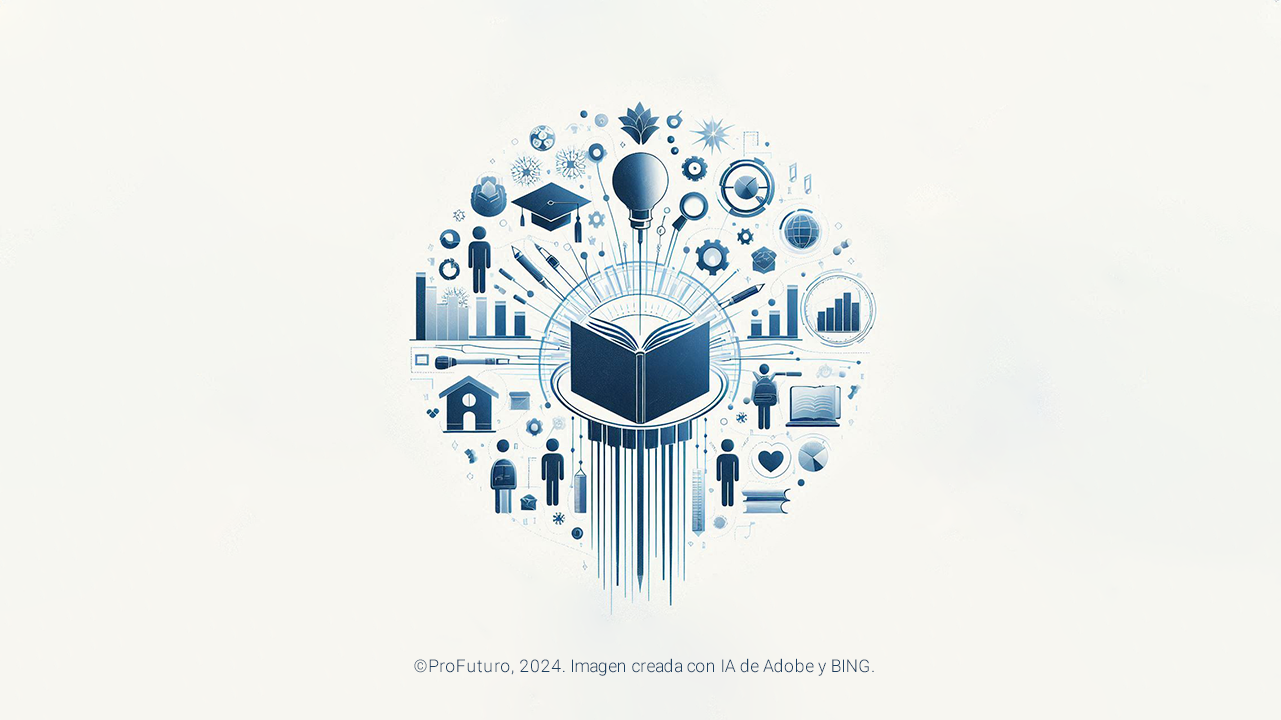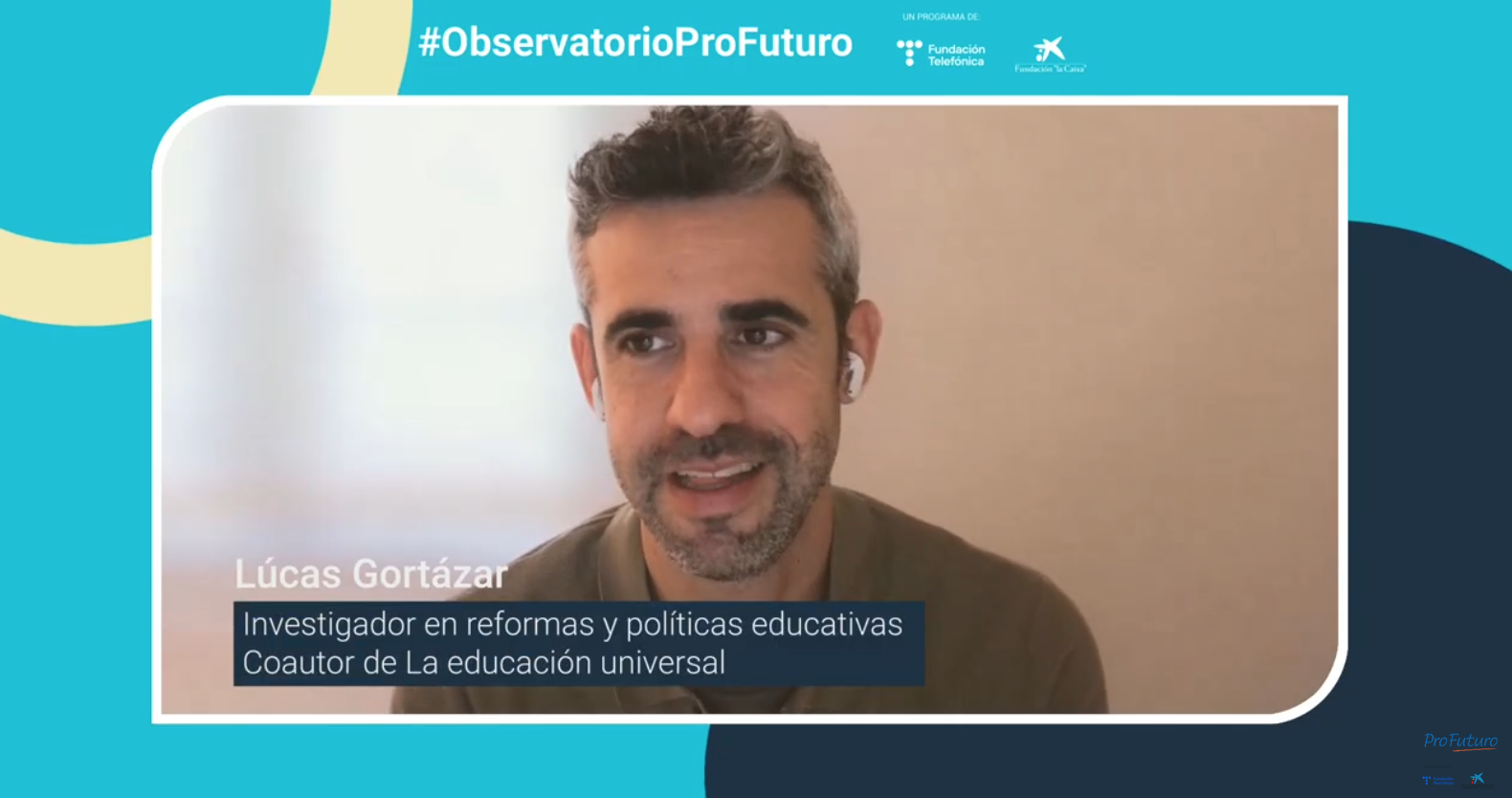
Nancy Birdsall, president of the Center for Global Development, in 2013.
The main thesis, which gives the article its title, is that education is a critical form of human capital—a capital that, like other assets such as land or physical capital, is essential for economic growth and reducing inequality. However, unlike those assets, once acquired, it cannot be stolen or sold. Another important feature of education is that, when its level increases, so does the value of human capital in a country’s total wealth, thereby reducing the relative value of other assets. In this way, investment in education and the consequent increase in human capital can change the composition of a population’s total wealth and contribute to a fairer distribution of wealth because, if education is more equitably distributed than other assets, the overall concentration of all assets decreases.
Education is a critical form of human capital that, like other assets such as land or physical capital, is essential for economic growth and reducing inequality because unlike those assets, once acquired, it cannot be stolen or sold.
The Vicious Circle of Inequality
Birdsall argues that in many Latin American countries, there is a vicious circle where history, geography, and economic policies have created high income inequality. This inequality has led to low and unequal accumulation of education, which perpetuates poverty and limits economic growth. The author suggests that the high-income inequality in the region contributes to low levels and unequal distribution of education, which in turn reduces economic growth and further increases income inequality.
The inefficacy of public education systems in the region, with low learning levels despite public spending, was highlighted by Birdsall as one of the main causes of this inequality. The identified problems were:
- Poor quality of schools: Public schools often do not offer quality education, resulting in low educational outcomes for the most disadvantaged students. These low outcomes discourage poor families from investing time and resources in their children’s education.
- Unfavourable economic policies: Economic policies that penalise work and do not provide adequate financial support to poor families limit their ability to invest in education.
- Inadequate capital markets: The lack of effective capital markets that can provide credit to poor families for their children’s education is also a significant obstacle.
Breaking the Circle
Birdsall demonstrated that education has profound and far-reaching effects on society, with significant impacts not only on economic incomes and growth but also on health, stability, social cohesion, and civic participation.
This suggests that investing in the education of the poorest is not only a matter of social justice but also a smart economic strategy that can generate long-term benefits. How can we do this?
- Quality public education: Public schools must offer quality education, which involves investing in school infrastructure, teacher training, and the development of relevant curricula.
- Basic education for all: It is essential that all children complete at least basic education. This may require policies that remove economic and social barriers to education.
- Financial support for poor families: Provide financial support to poor families so they can invest in their children’s education. This may include scholarships, subsidies, and cash transfer programmes conditional on school attendance.
- Reforms in public education spending: Ensure that public spending on education is efficient and reaches the schools and students who need it most. This may involve decentralising educational administration and implementing accountability mechanisms.
- Adequate funding: Ensure that all schools, regardless of location, receive sufficient funding to provide quality education.
- Scholarships and grants: Provide financial assistance to students from low-income families so they can access higher education.
- Inclusion programmes: Implement programmes that promote the inclusion of traditionally marginalised groups, such as ethnic minorities and girls, in the education system.
- Infrastructure and resources: Invest in adequate school infrastructure, learning materials, and teacher training to ensure that all students have access to a conducive educational environment.
Birdsall demonstrated that education has profound and far-reaching effects on society, with significant impacts not only on economic incomes and growth but also on health, stability, social cohesion, and civic participation.
Much has changed since then. In recent decades, significant advances and changes have been made in education systems around the world. However, the path towards truly equitable and quality education for all still faces great challenges. Educational gaps persist, especially in regions affected by conflict, extreme poverty, and forced displacement. The COVID-19 pandemic has exacerbated these inequalities, highlighting the urgent need for sustainable and resilient investments in the education sector.
Twenty-five years later, with technologies such as artificial intelligence disrupting education with promises of radical change, Nancy Birdsall’s article reminds us that education remains an essential investment for the future. Today, more than ever, individuals’ ability to adapt, innovate, and contribute to collective well-being will depend largely on the quality of education they receive. Therefore, we must redouble our efforts to ensure that everyone, regardless of their circumstances, has access to education and the opportunities it provides.
References: Birdsall, N. 1999. Education. The People’s Asset. Center on Social and Economic Dynamics. Working Paper No. 5, September 1999.






